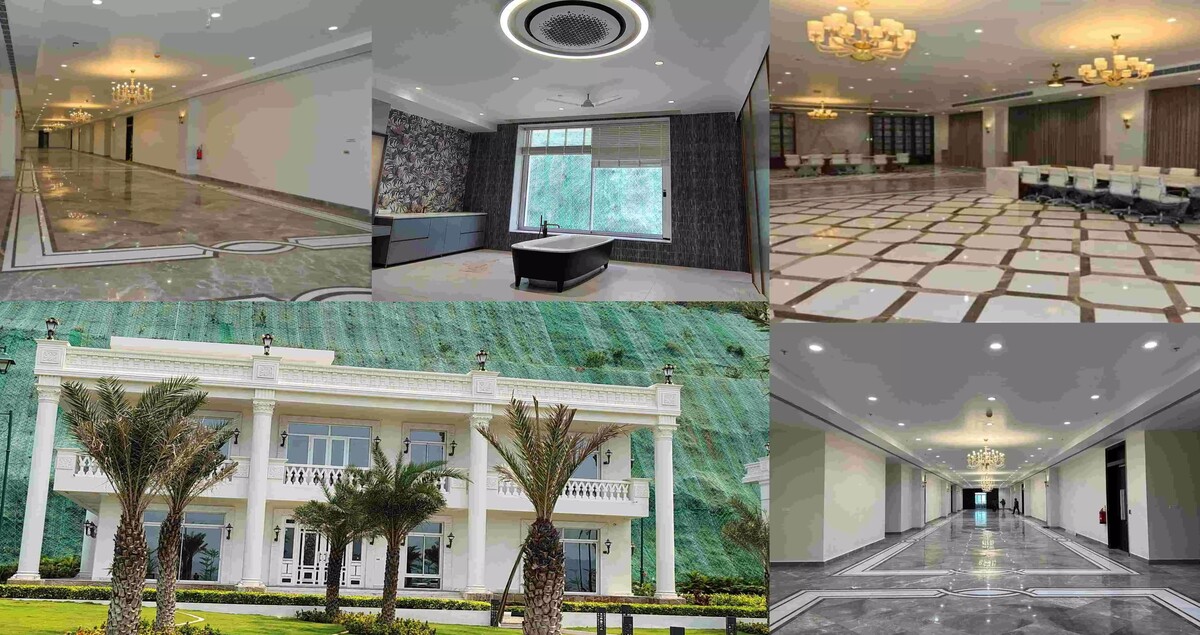AP Government Seeks Public Input on Rushikonda Buildings’ Future
The Andhra Pradesh government is asking the public to share their suggestions on how to use the Rushikonda buildings in Visakhapatnam. Residents can email their ideas to rushikonda@aptdc.in, according to the AP Tourism Department.
Amrapali Kata, Vice-Chairperson and Managing Director of the Andhra Pradesh Tourism Development Corporation (APTDC), confirmed that a Cabinet Sub-Committee will review all suggestions and make the final decision.
The Rushikonda buildings cost approximately Rs. 452 crore to build. They have been a topic of debate since the NDA coalition took power in the state. The YSR Congress Party (YSRCP) government originally built them, but the Telugu Desam Party (TDP) criticized the project. The TDP accused the previous government of misusing funds and damaging the environment. Now that the TDP is in power, the future of these buildings remains unclear.
The TDP government has been in power for 16 months. However, no decision has been made on the use of the Rushikonda buildings. To address concerns, a Cabinet Sub-Committee was formed on August 28. The committee, made up of Ministers Payyavula Keshav, Kandula Durgesh, and Dola Sree Bala Veeranjaneya Swamy, has begun discussing the matter.
Before the Rushikonda Palace was built, the Tourism Development Corporation operated a resort at the site. The resort generated around Rs. 7 crore in annual revenue. However, the resort was demolished to make space for the palace, which now costs Rs. 25 lakh per month for electricity and maintenance.
In response to financial concerns, the Cabinet Sub-Committee has opened a public consultation. They want to gather ideas on how to use the Rushikonda buildings. After reviewing all suggestions, the committee will submit a report to the state government for a final decision.
Amrapali Kata also said the government plans to seek input from national and international organizations. This will help gather broader perspectives before making a final decision. The goal is to ensure the decision benefits both the local community and the state.



